On the Two Corners2005
Frottages
..The decisive point is how this "reality" makes its way into the drawings: First, this reality leaves a physical trace behind on a photograph – the light draws on the light-sensitive material. The resulting photographs then become the model for that distemper drawing on which the fr ... more
Image Gallery +On the Two Corners2005
Frottages
..The decisive point is how this "reality" makes its way into the drawings: First, this reality leaves a physical trace behind on a photograph – the light draws on the light-sensitive material. The resulting photographs then become the model for that distemper drawing on which the frottage emerges. Basically, the motif of the drawing is based on a dual indexical sign relationship which in both cases results in a physical representation. Yet the degree of alienation and estrangement to which the motif is subjected during this process could not be greater or more forceful. For whereas the transfer of "reality" from the photograph to the distemper drawing still shows real features, the physical representation in the frottage gradually develops into a phantasmagoria. Max Ernst – the forefather, as it were, of the modern frottage – had already recognised this in the 1920s and been able to use it for his art, an art which Paul Eluard describes as "donner a voir" (giving to see). Yet where Ernst deliberately worked motifs out of the found textures, Anna Amadio proceeds in the opposite direction: she rubs the underlying motif so long until it becomes smoothly and equivalently incorporated into the structure of the drawing.
This impression is confirmed when you take the second, phenotypical, approach to Anna Amadio's drawings, that is to say, directly through seeing. On the Two Corners #1 is enclosed by the surface of the white paper on which the lines of the house facades are clearly visible. The street running between them is meanwhile the setting for unreal scenes: the people standing there and the passers-by are enmeshed in nets and fountains, a wave ornament on the left of the image prevents us from recognising whether this is due to the distemper drawing model or the drawing itself. In image #2, the scene of the event seems to have cleared for a moment; like swarms of insects, two cloud forms veil the people and the passers-by on the street. In image #3, details of the block of houses on the right – brickwork, supports, props, balustrades and a gate – come into view, while the spatial link with the opposite street corner is almost totally cut off. All we see here are vague chimeras covered in green scars, their shapes and relative sizes no longer clearly identifiable.
It is from here that the above mentioned horror vacui takes its inexorable course – but it is neither an end in itself, nor is it due to the associated anxiety in the face of emptiness. There is actually a totally different reason for Anna Amadio's image-filling energy: she seems to have deliberately opted for the freedom of the phantasmagorical drawing and against the restrictions of representation. Under the dense meshes of colour and large areas of hatching in image #4, the house facades merge on a glowing red horizon, bundled rays of light cross their trajectory, and small explosions of colour enliven the starry sky. In image #5, the pictorial space is populated by biomorphic and floral signs whose density and opulence are surpassed in #6, where the motif, though almost complete, hovers once again between the recognisable Two Corners and that image-filling texture which we would still like to read as a mere sign. Only in the final image of this work group does this shimmering fata morgana again become a cloud – before finally evaporating and slowly disappearing out of the pictorial space.
Whichever one of the two paths you take to the works of Anna Amadio – ultimately, the inner borderlines which the artist explores in her drawings prevent a synthesis of the antagonistic forces: the positivist attempt to arrive at a dual indexical pictorial solution asserts itself in a variant of the drawing that is simply itself – or pure phantasmagoria. The foreground, or better underground, "reality" which Amadio transfers into the image only becomes visible through the frottage and is then successively destroyed by means of sweeping gestures. The iconic sign, that still saves a mere residue of this "reality" in the image, is soaked for so long in ciphers and textures until their own unreal reality dominates the whole vocabulary of the image.
It is not longer possible to determine just where these borderlines run in Anna Amadio's works – whether you start at the beginning or the end of these images. What they do indicate is a state of "somewhere in-between", from where the artist does not force a mere compromise on the disjunctive nebeneinander and nacheinander of her images, but instead generates a marvellous tension: between the waxing and the waning wave, between the ticking and the tocking clock, between sleep and waking up, between breathing out and in. One of the most compelling qualities of Anna Amadio's work is to have created for these tense moments a lasting, expressive and evocative poetry..
Text Ralf Christofori
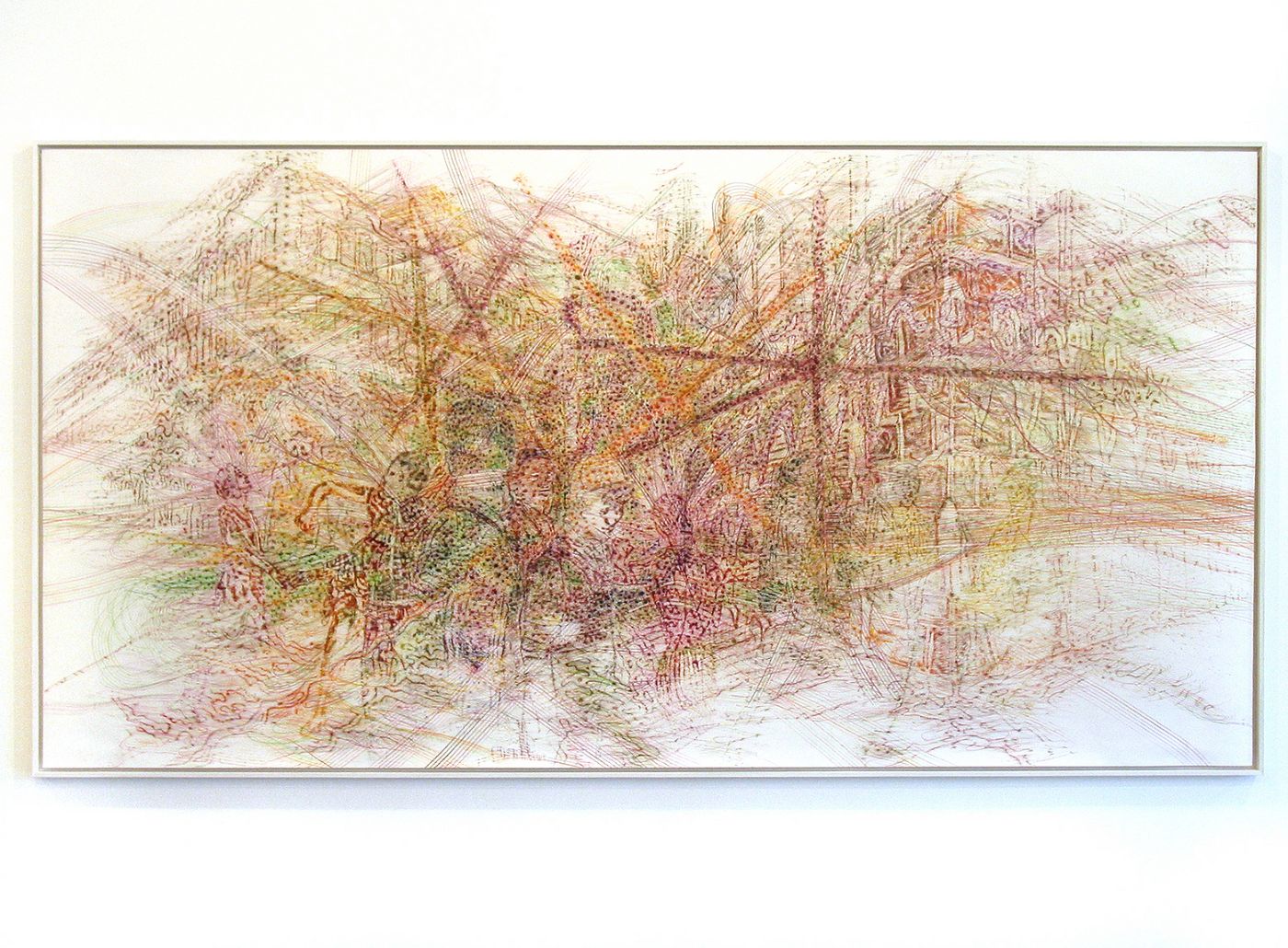
On the Two Corners, Nummer 1 |2005 |Frottage, Farbstift auf Papier |152 x 298 cm [H W D]
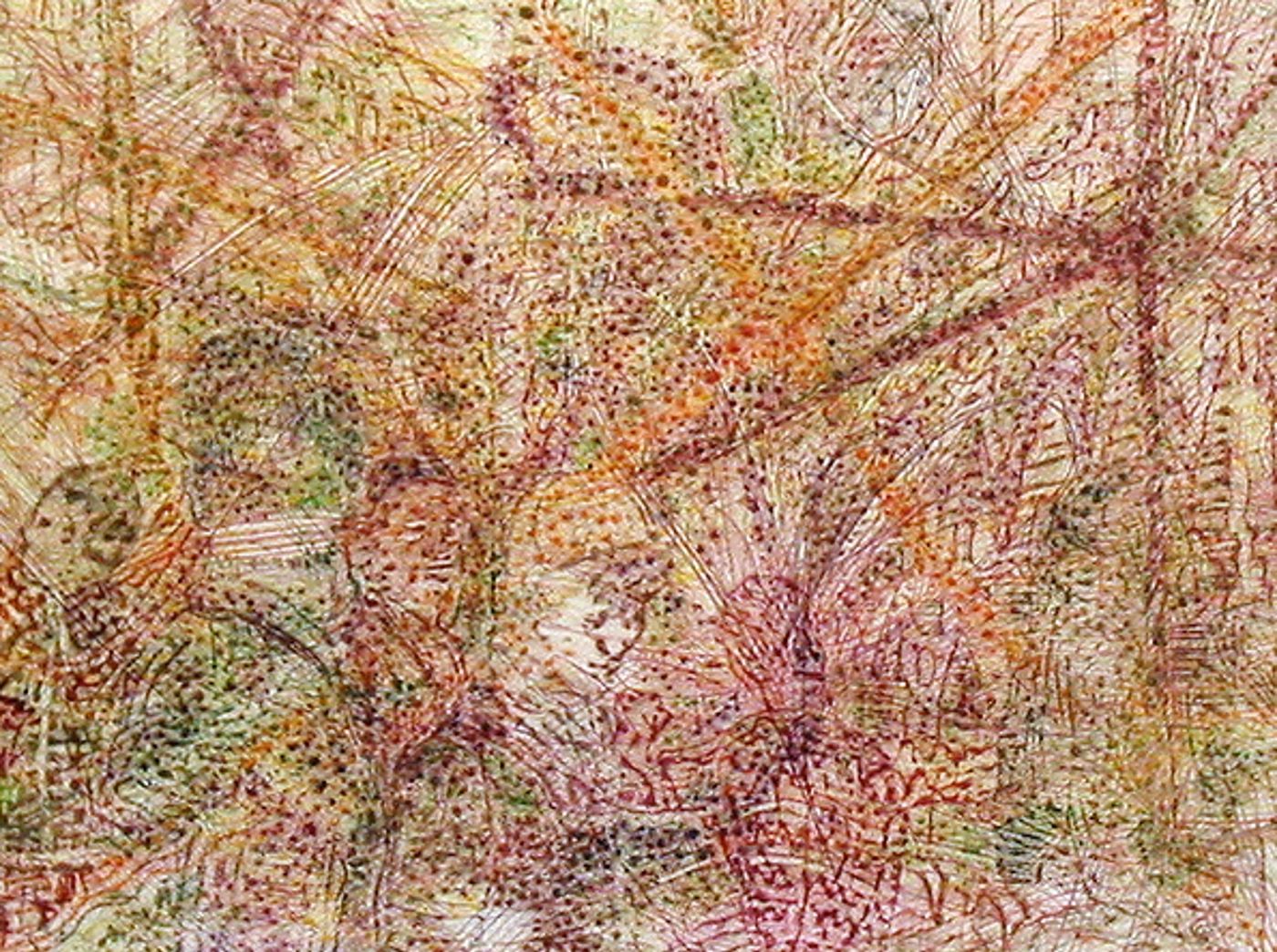
On the Two Corners, Detail, Nummer 1 |2005 |Frottage, Farbstift auf Papier
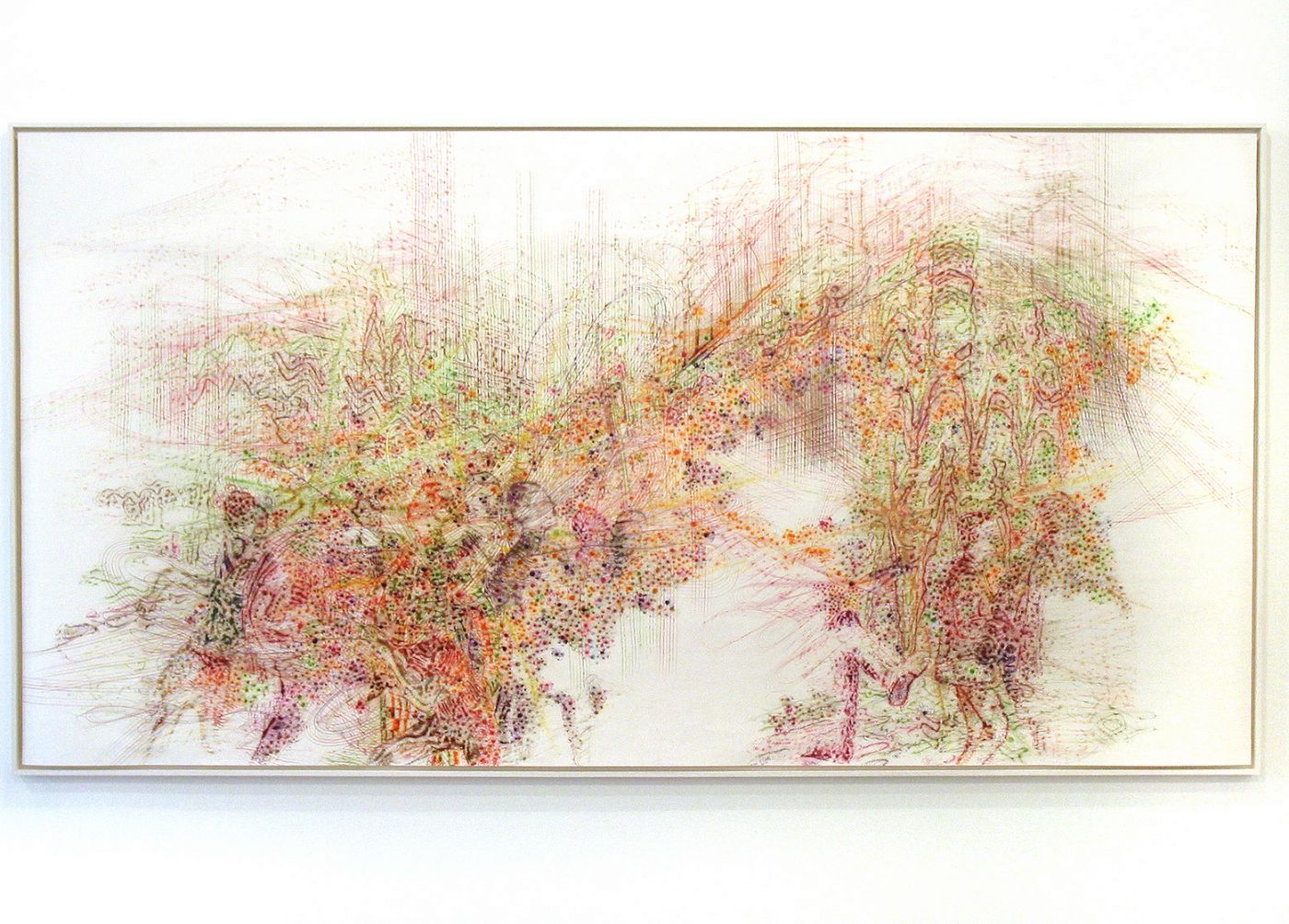
On the Two Corners, Nummer 2 |2005 |Frottage, Farbstift auf Papier |152 x 298 cm [H W D]
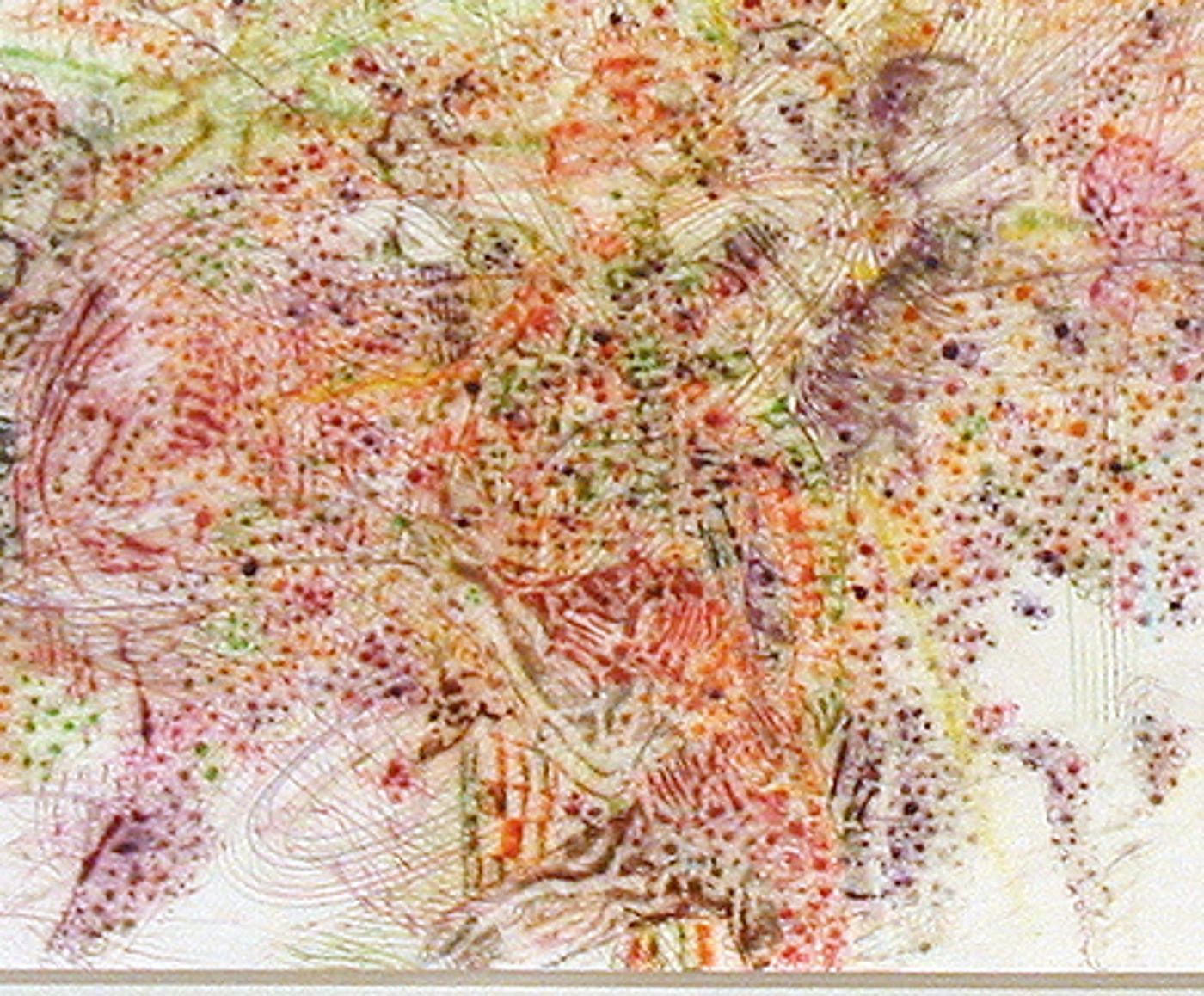
On the Two Corners, Detail, Nummer 2 |2005 |Frottage, Farbstift auf Papier
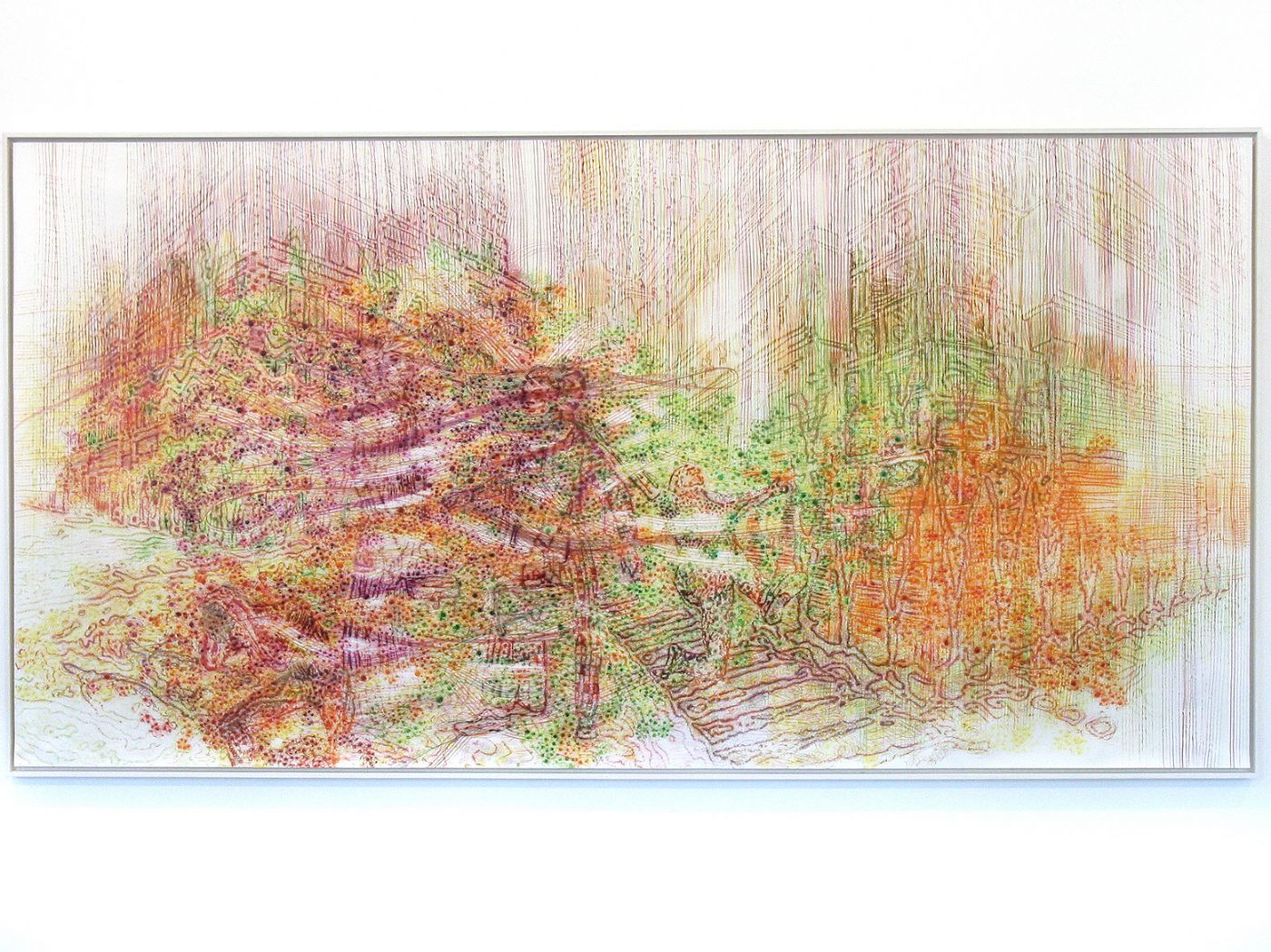
On the Two Corners, Nummer 3 |2005 |Frottage, Farbstift auf Papier |152 x 298 cm [H W D]
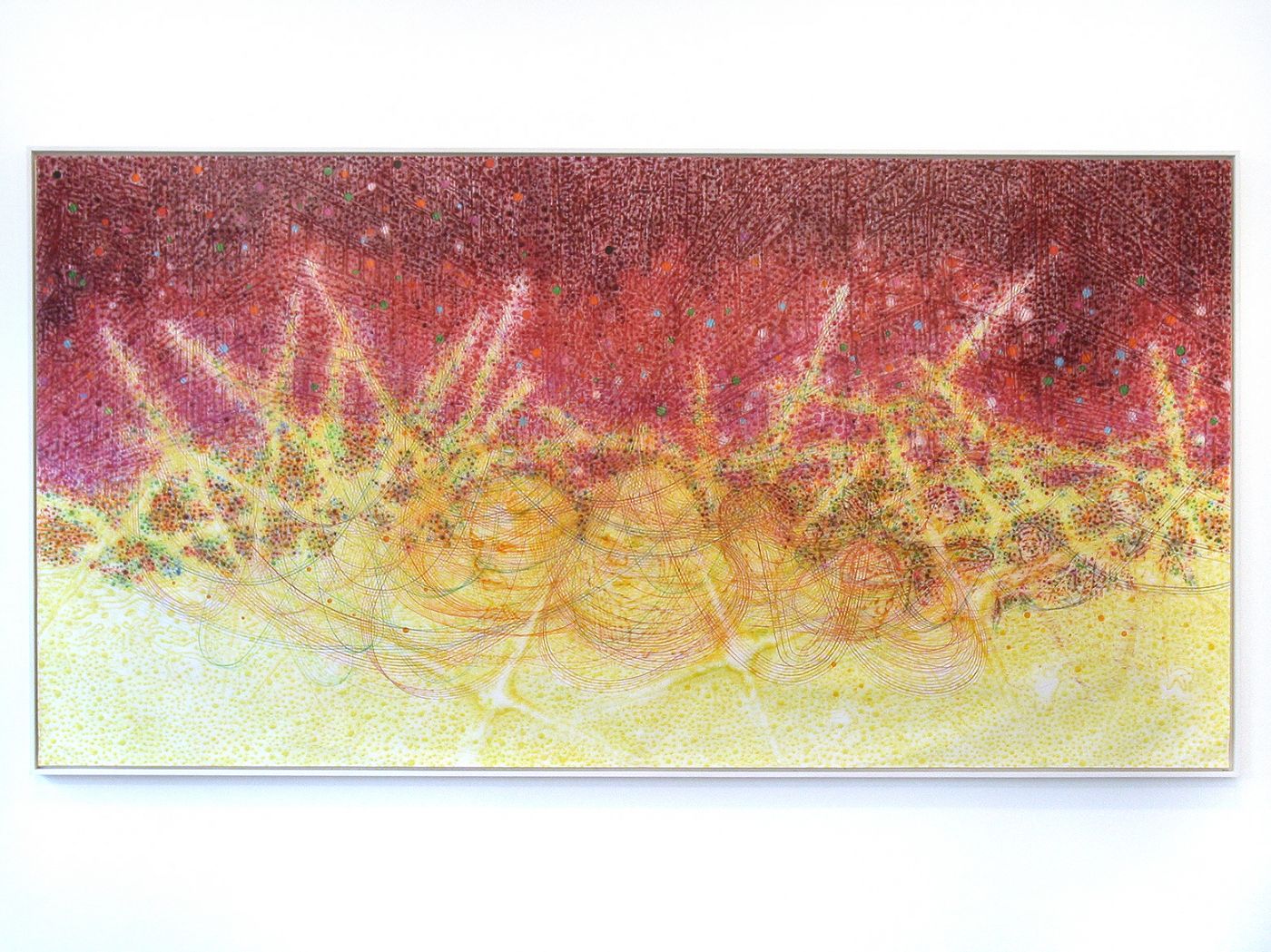
On the Two Corners, Nummer 4 |2005 |Frottage, Farbstift auf Papier |152 x 298 cm [H W D]
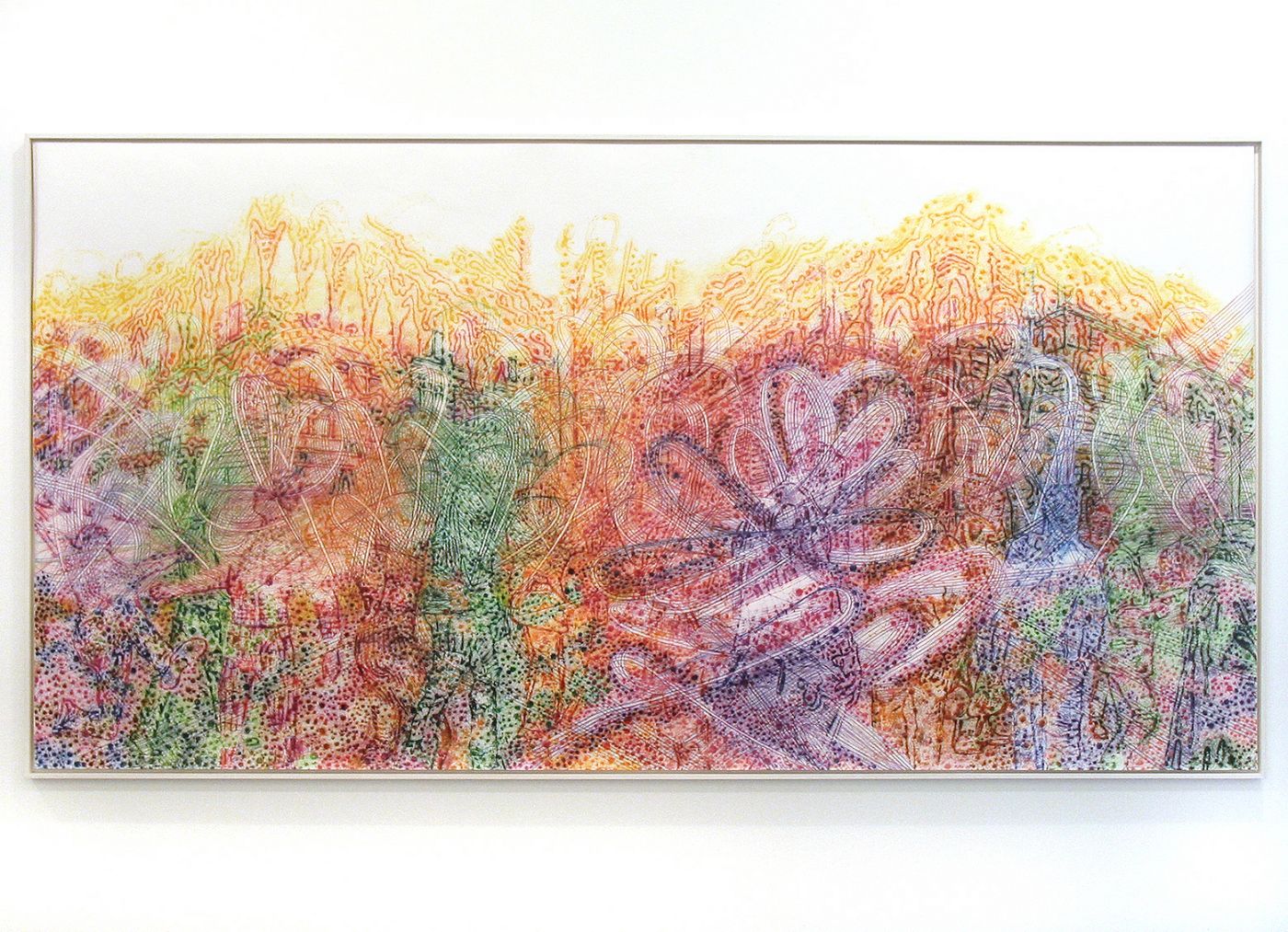
On the Two Corners, Nummer 5 |2005 |Frottage, Farbstift auf Papier |152 x 298 cm [H W D]
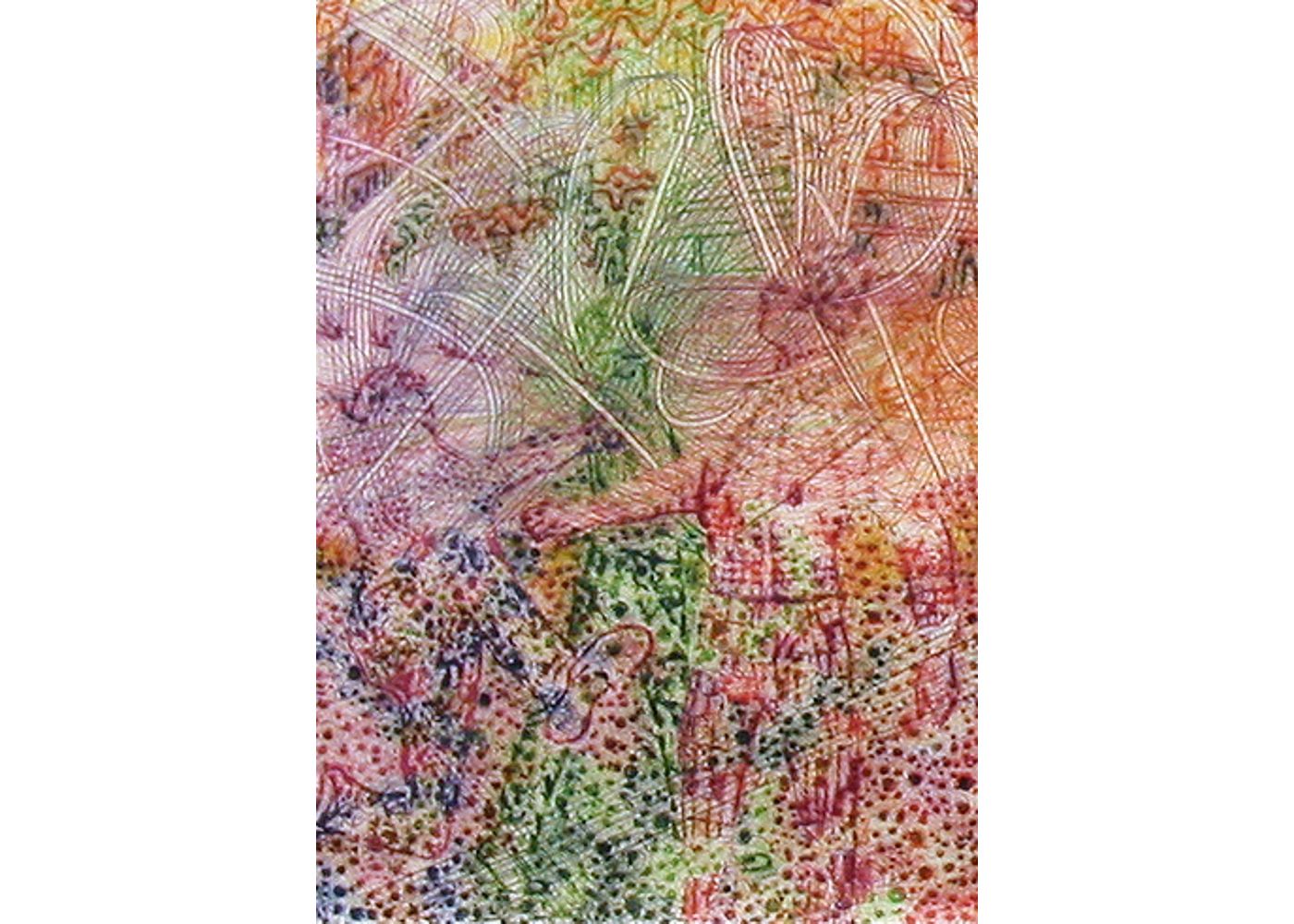
On the Two Corners, Detail, Nummer 5 |2005 |Frottage, Farbstift auf Papier |152 x 298 cm [H W D]
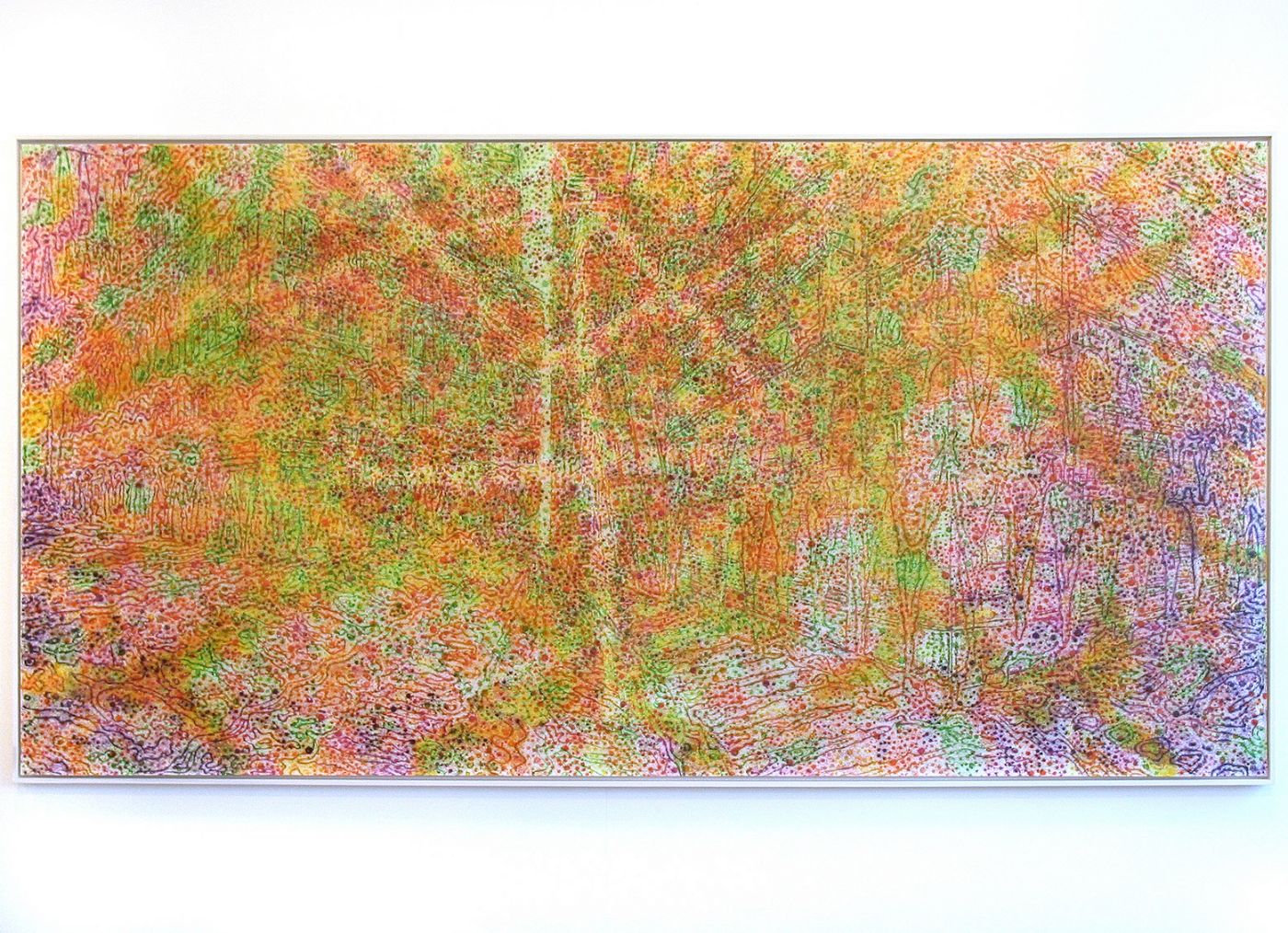
On the Two Corners, Nummer 6 |2005 |Frottage, Farbstift auf Papier |152 x 298 cm [H W D]
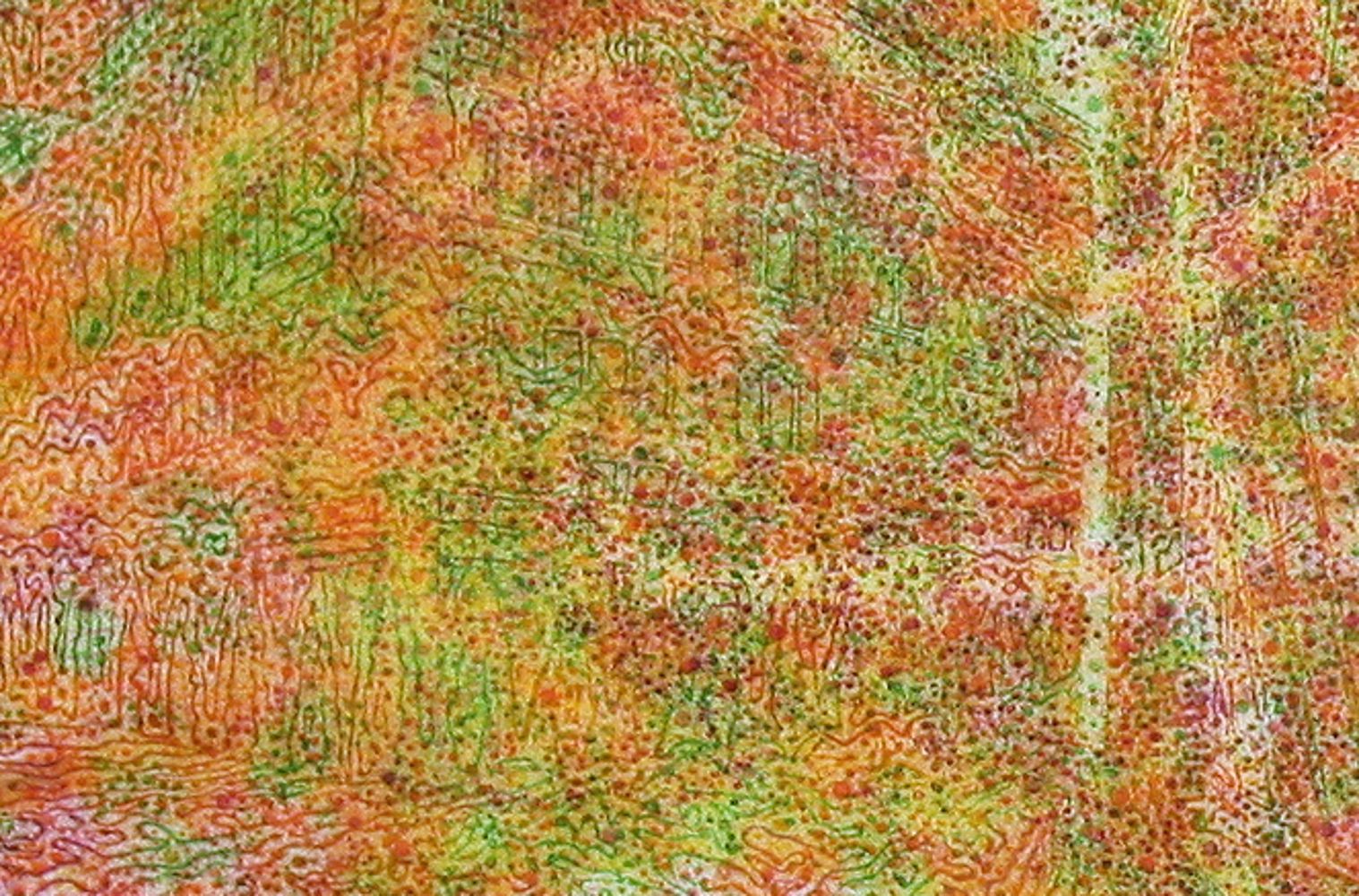
On the Two Corners, Detail, Nummer 6 |2005 |Frottage, Farbstift auf Papier |152 x 298 cm [H W D]










